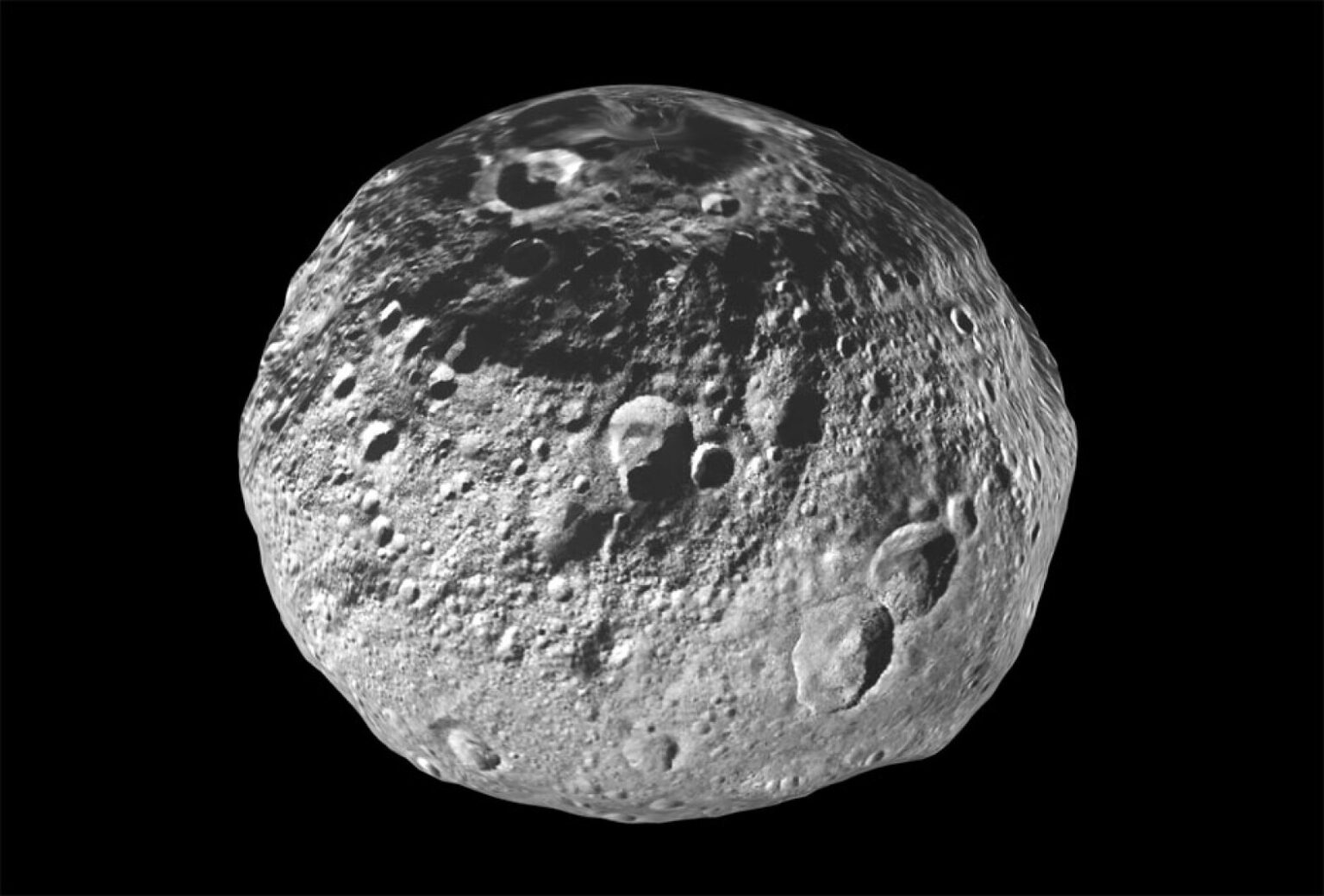The meteorite, whose name “Tatahouine” coincides with the name of the planet from “Star Wars”, told scientists a lot about the past of the Solar System. It turned out to be a piece of the asteroid Vesta. It experienced a lot of collisions 4 billion years ago.

Tatahouine Meteorite
Scientists have studied the Tatahouine meteorite to learn about events in the distant past of the Solar System. If it seems to you that its name is very similar to the planet from “Star Wars”, then this is almost no accident.
This celestial rock exploded in the sky over the city of Tatahouine, Tunisia, located in North Africa, on June 27, 1931. Then its explosion made a lot of noise, and scientists could collect samples.
Many years later, director George Lucas looked for a place to film a desert planet and found it near the very city of Tatahouine. It was so convincing in the role of an alien world that its name was used to refer to it.
As for the celestial rock, it has been attracting the attention of scientists for a long time. The fact is that Tatahouine refers to diogenites, magmatic meteorites that were once formed when molten magma solidified inside celestial bodies.
Turbulent history of Vesta
Studies have shown that Tatahouine is a typical diogenite. It contains crystals up to 5 mm in size, which are cut with black veins. The latter occur as a result of high temperatures and pressure. They are very characteristic signs of a strong impact that the rock has survived.
However, in the case of Tatahouine, there are signs that the pressure at the time of impact was extremely strong — up to 25 GPa. For comparison, there is only 0.1 GPa at the bottom of the Mariana Trench. And scientists have already seen such traces in meteorites. We are talking about those of them that formed from the asteroid Vesta.
The latter is one of the largest bodies of the Main Asteroid Belt. It is marked by a strongly irregular shape, which testifies to the collisions it once experienced. Scientists have subjected 18 meteorites, including Tatahouine, which once broke off from it, using radioisotope analysis to find out when they formed.
It turned out that from 4 to 3.4 billion years ago, Vesta experienced constant shocks, some of which were simply catastrophic. Their testimony is the numerous diogenites that people find on Earth from time to time.
According to phys.org
Follow us on Twitter to get the most interesting space news in time
https://twitter.com/ust_magazine


